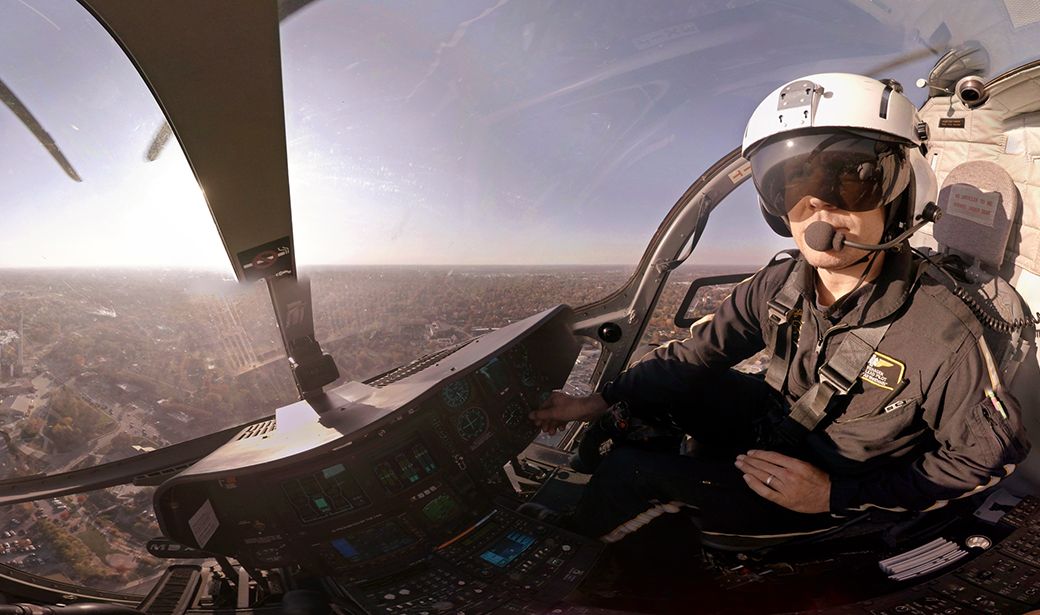What happens in rural areas when critically ill or injured patients need urgent medical care? In many parts of the country, patients face extensive travel times to reach hospitals that can provide the lifesaving expertise needed – when minutes and even seconds count.
For residents in Missouri, however, University of Missouri Health Care’s Air Medical Service has been just a phone call away for more than three decades. It’s an operation staffed by almost 40 full-time employees who work round the clock to ensure that they can respond to patients throughout the state when they need a higher level of care.
“We’ve been serving the mid-Missouri area for 35 years now and have always tried our best to remain at the forefront of the helicopter EMS industry,” said Jeffrey Coughenour, MD, medical director of the MU Health Care Air Medical Service and acute care surgeon at MU Health Care. “And that’s both from a patient-care standpoint and an aviation or operational standpoint, so that the critically ill or injured patients that are in our largely rural area have an opportunity for not only rapid transport to definitive care, but also quality and efficient care when they need it most.”
The MU Health Care Air Medical Service transports approximately 900 patients each year, Coughenour said, which doesn’t even account for the hundreds of requests they field that don’t materialize into transport due to changing health statuses after calls have been made.
A number of advances in helicopter EMS have been made since MU Health Care Air Medical Service has been in operation: the use of ultrasound and portable lab technologies to diagnose patients in flight; the availability of blood products for transfusions before landing; and improvements in helicopter technology that have led to airline-quality safety and efficiency.
“Transporting a patient from an accident scene or another health facility can be an intricate and lengthy process,” Coughenour said. “But really it is the expertise of the crews that makes the difference. It’s important to recognize that while speed is helpful, there are other pieces that make transporting a critically ill or injured patient successful.”



